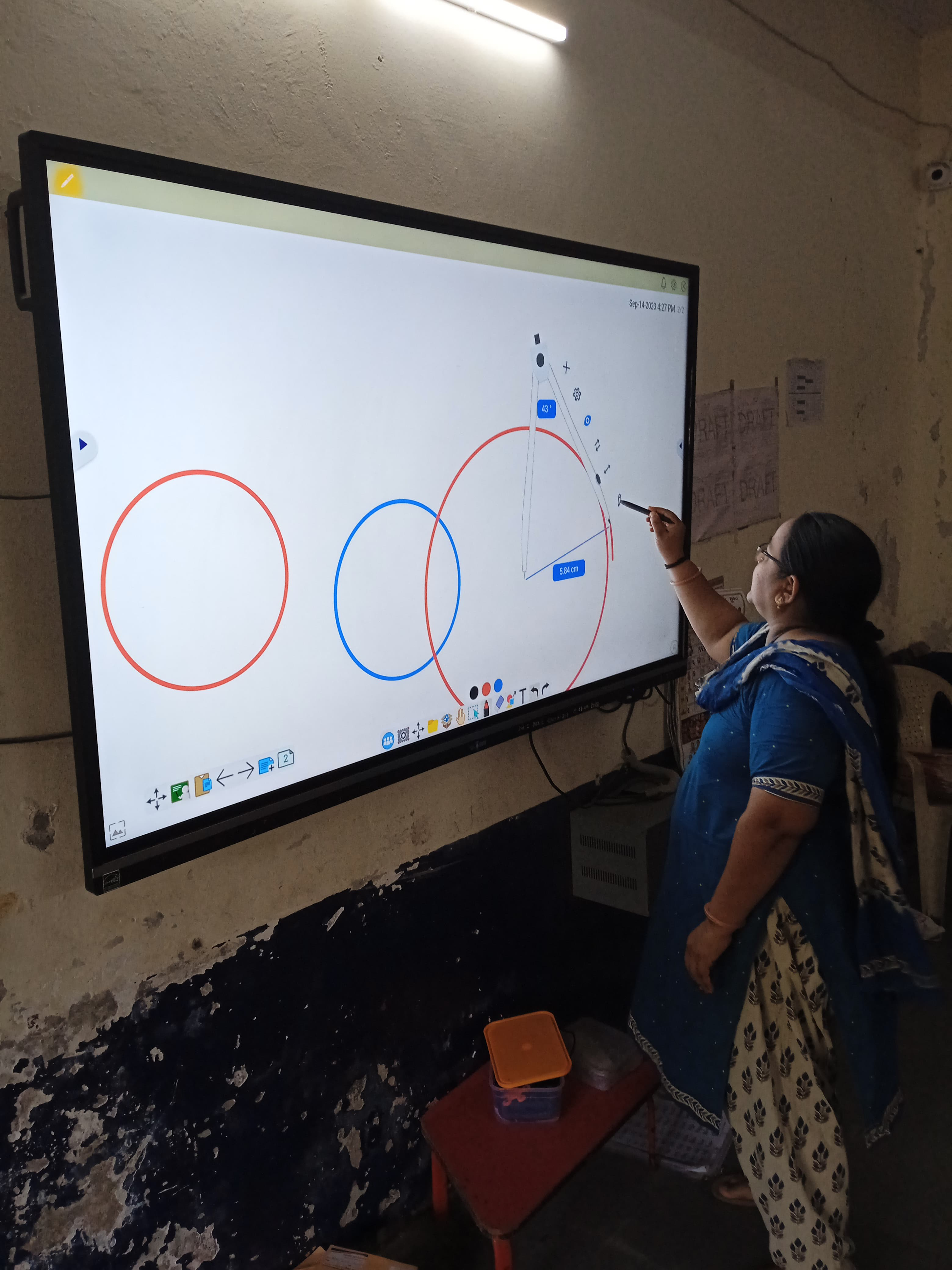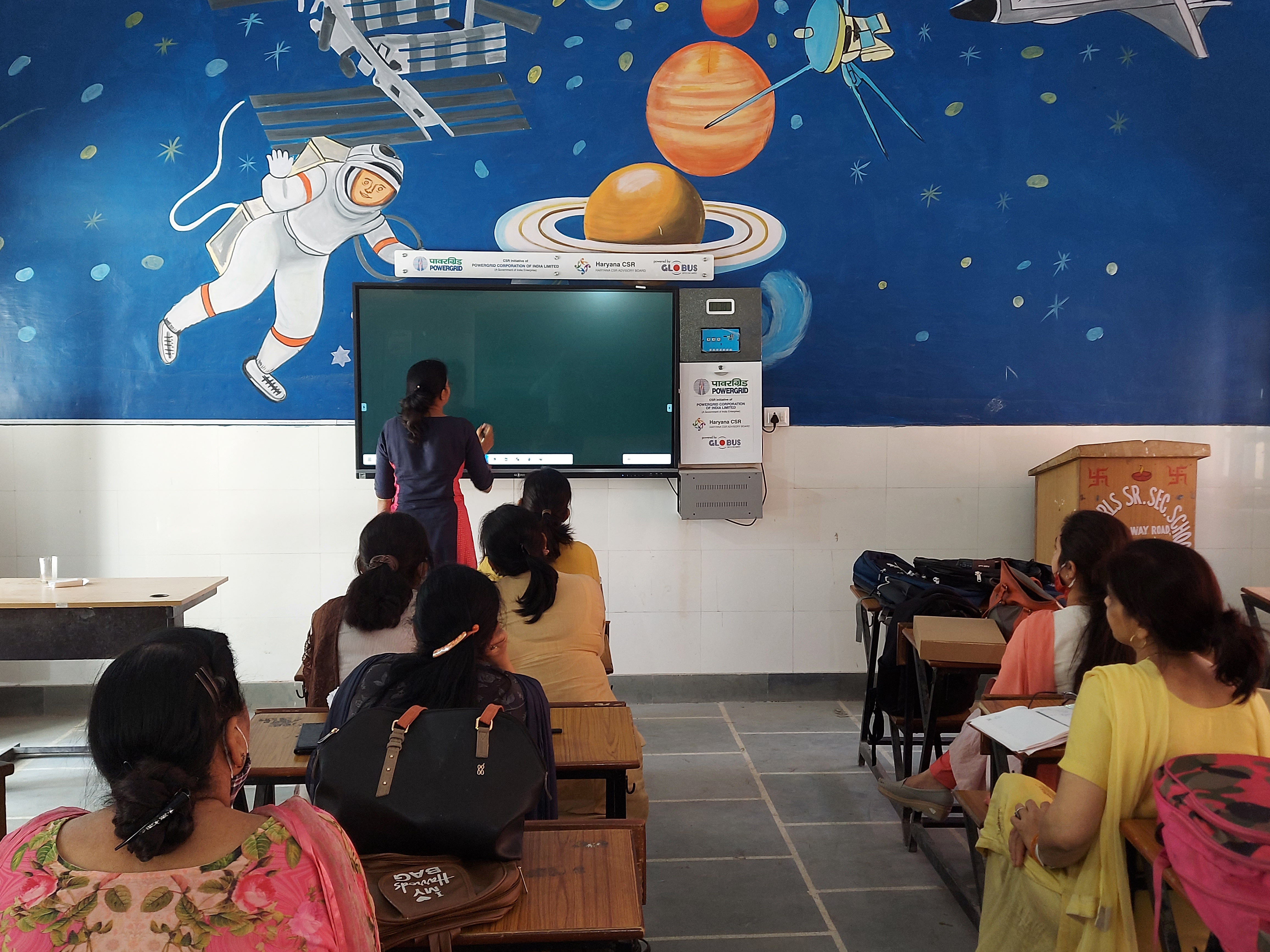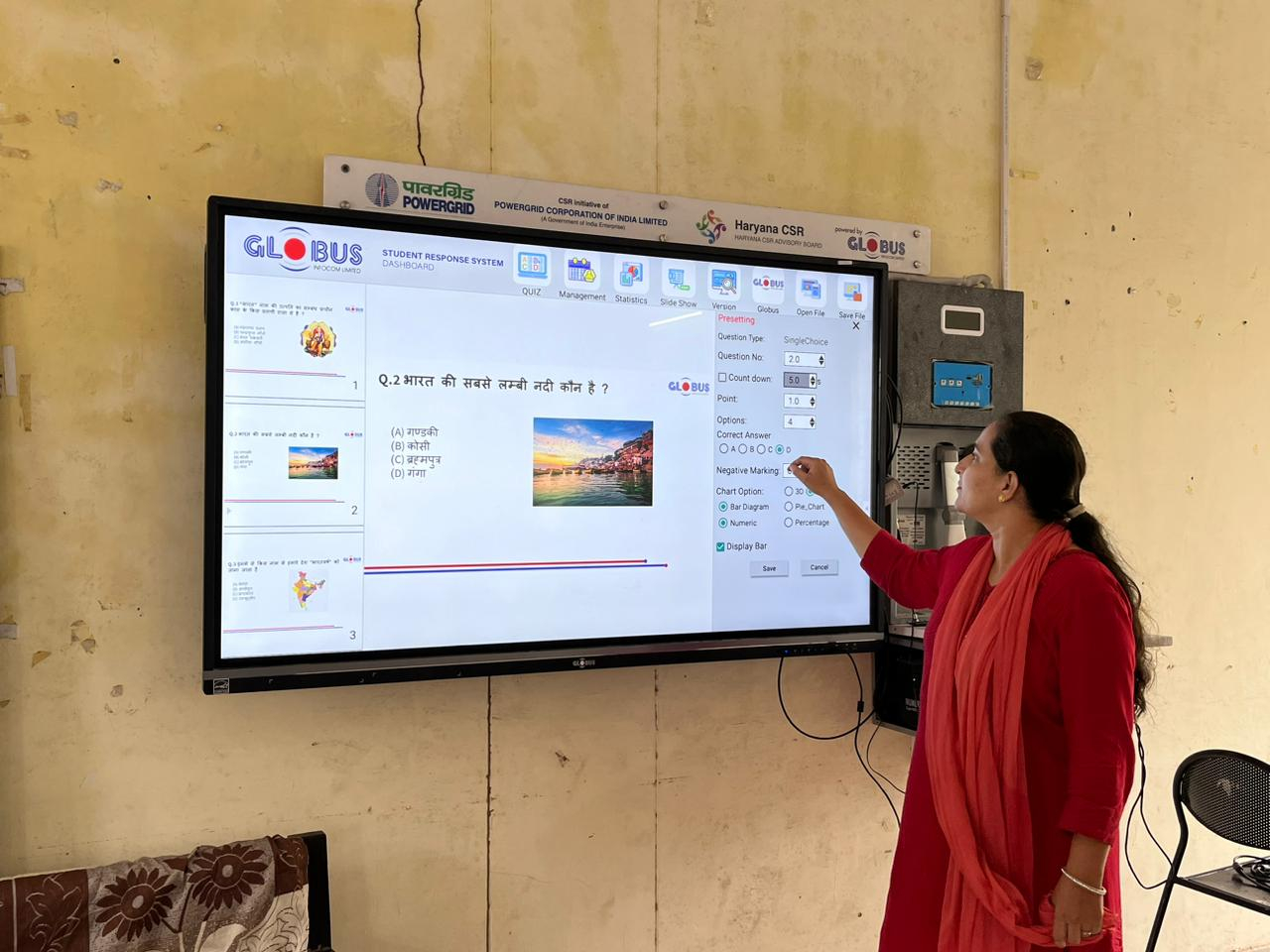- Description
-
Details
The future of education is being shaped by rapid advancements in technology, and smart classrooms are at the forefront of this transformation. Smart classrooms leverage cutting-edge digital tools, interactive technologies, and data-driven insights to create immersive and effective learning environments. In this article, we will explore the various facets of smart classrooms and how they are poised to revolutionize education for generations to come.
Definition and Components of Smart Classrooms
Smart classrooms, often referred to as digital classrooms or e-classrooms, are technologically enhanced learning spaces designed to enhance the educational experience. These classrooms integrate a variety of digital tools and resources to create an interactive and engaging environment for both educators and students.
Key components of a smart classroom include:
a. Interactive Whiteboards: These large touchscreen displays allow educators to write, draw, and interact with digital content, making lessons more dynamic and engaging.
b. Audio-Visual Systems: High-quality audio and video equipment ensure that students can hear and see instructional materials clearly, even in large classrooms.
c. Learning Management Systems (LMS): LMS platforms facilitate online communication, assignment submissions, and tracking of student progress.
d. Student Devices: Tablets, laptops, or other personal devices enable students to access digital resources and collaborate on projects.
e. Internet Connectivity: High-speed internet access is essential for streaming videos, conducting online research, and accessing cloud-based resources.
Benefits of Smart Classrooms
The adoption of smart classrooms offers numerous advantages for both educators and students, paving the way for a brighter future of education:
a. Enhanced Engagement: Interactive whiteboards and multimedia content capture students' attention and make lessons more engaging and memorable.
b. Personalized Learning: Smart classrooms allow educators to tailor instruction to individual student needs, providing targeted support and challenges.
c. Access to a World of Information: The internet enables students to access a vast repository of knowledge and resources, expanding their horizons beyond traditional textbooks.
d. Real-time Assessment: Educators can use digital tools to assess student understanding instantly, allowing for timely intervention and feedback.
e. Collaboration and Communication: Students can collaborate on projects, share ideas, and communicate with peers and educators through digital platforms.
f. Sustainability: Smart classrooms reduce the need for physical materials like paper, contributing to a more sustainable learning environment.
The Role of Artificial Intelligence (AI) in Smart Classrooms
Artificial intelligence is a game-changer in the realm of smart classrooms. AI-powered systems can analyze vast amounts of data to offer personalized learning experiences. Some ways AI is transforming education include:
a. Adaptive Learning: AI algorithms can identify each student's strengths and weaknesses and suggest personalized learning paths and resources.
b. Intelligent Tutoring Systems: AI-powered tutors provide real-time assistance and feedback to students, helping them overcome challenges.
c. Predictive Analytics: AI can predict student performance and identify at-risk students, allowing educators to provide timely support.
d. Automating Administrative Tasks: AI can handle routine administrative tasks like grading, freeing up educators' time for more valuable interactions with students.
e. Language Processing and Translation: AI can assist students in language learning by providing real-time translation and pronunciation support.
Challenges and Considerations
While the future of education looks promising with smart classrooms, there are challenges that need to be addressed:
a. Cost: Implementing smart classrooms requires a significant investment in technology, infrastructure, and training.
b. Equity: Ensuring that all students have access to smart classrooms, regardless of their socioeconomic background, is a critical challenge.
c. Privacy and Data Security: Collecting and storing student data raises concerns about privacy and data security. Safeguards must be in place to protect sensitive information.
d. Teacher Training: Educators need adequate training to effectively use technology in the classroom and adapt their teaching methods to the digital age.
e. Maintenance and Upkeep: Smart classroom equipment and software require regular maintenance and updates to ensure they function optimally.
The Role of Educators in Smart Classrooms
While technology plays a crucial role in smart classrooms, educators remain at the heart of the educational process. Teachers in smart classrooms become facilitators, guiding students through the learning process, and harnessing technology to create rich learning experiences. Their roles evolve to include:
a. Curating Digital Resources: Educators curate and select digital materials that align with the curriculum and engage students effectively.
b. Facilitating Collaboration: Teachers encourage student collaboration and guide them in using digital tools for group projects.
c. Data Analysis: Educators analyze data from smart classroom tools to tailor their instruction to individual student needs.
d. Tech Support: Teachers provide technical support to students when needed, ensuring that they can effectively use digital resources.
e. Continuous Learning: Educators must stay up-to-date with technological advancements and continuously adapt their teaching methods.
Conclusion
Smart classrooms are poised to revolutionize the future of education by creating immersive, engaging, and personalized learning experiences. Leveraging technology, artificial intelligence, and data-driven insights, smart classrooms empower educators to tailor instruction to individual student needs and prepare students for the digital age. However, addressing challenges related to cost, equity, privacy, and teacher training is essential to ensure that smart classrooms benefit all students. With the right investment and commitment, smart classrooms hold the potential to transform education for generations to come, preparing students to thrive in an increasingly technology-driven world.
Smart Classroom Images






- Reviews
-
Default welcome msg!

